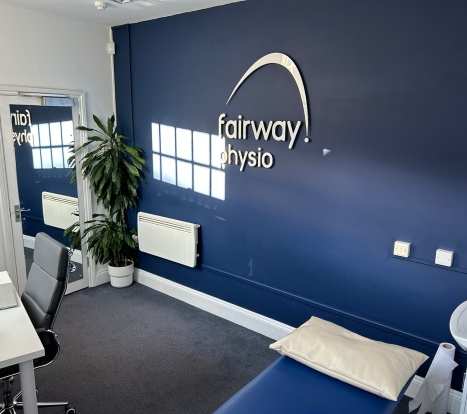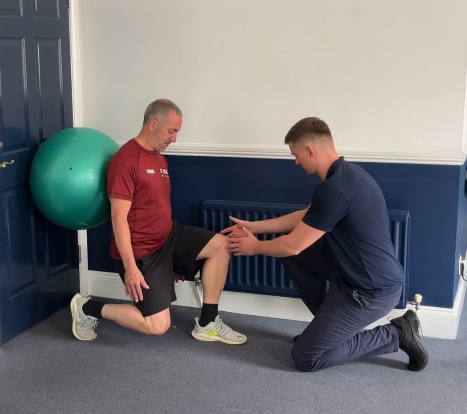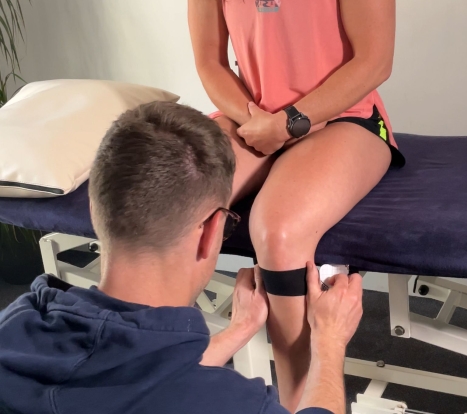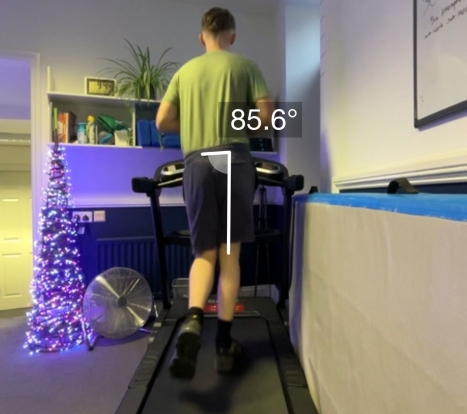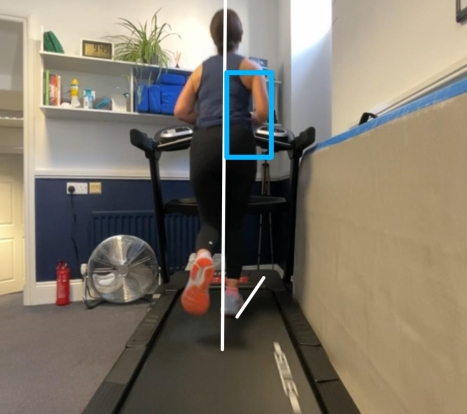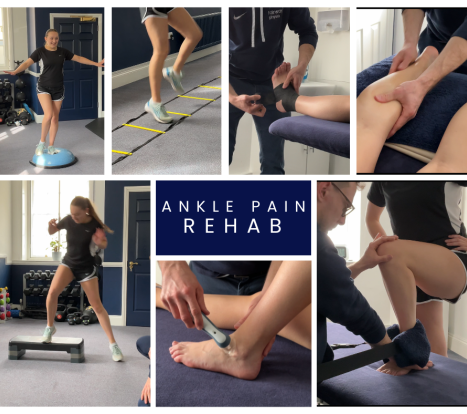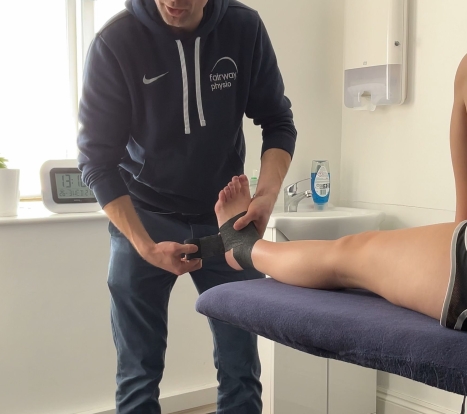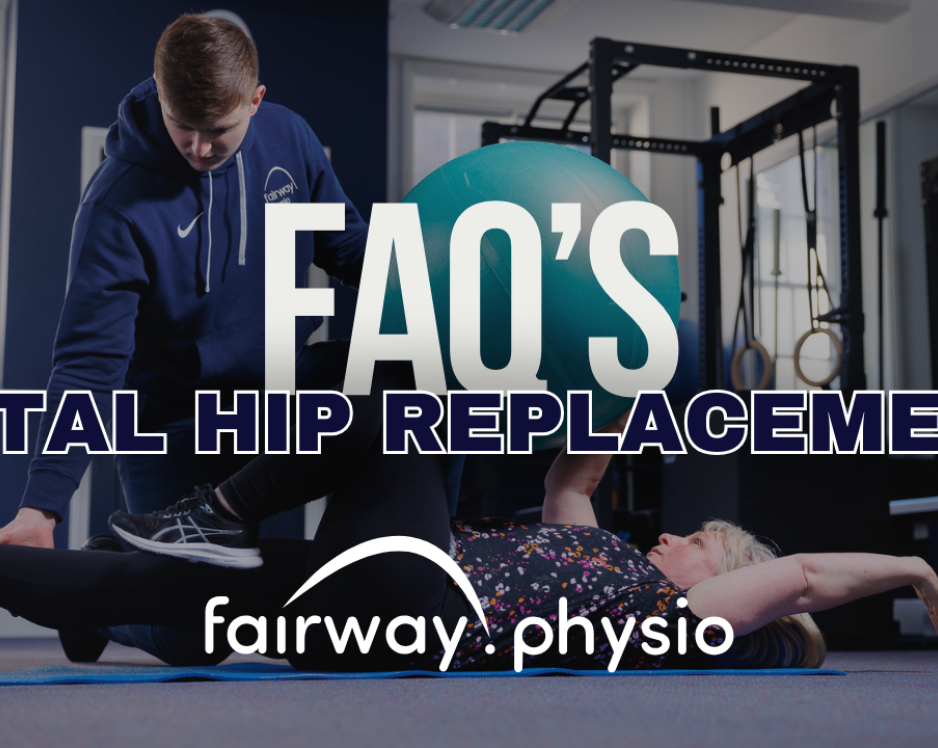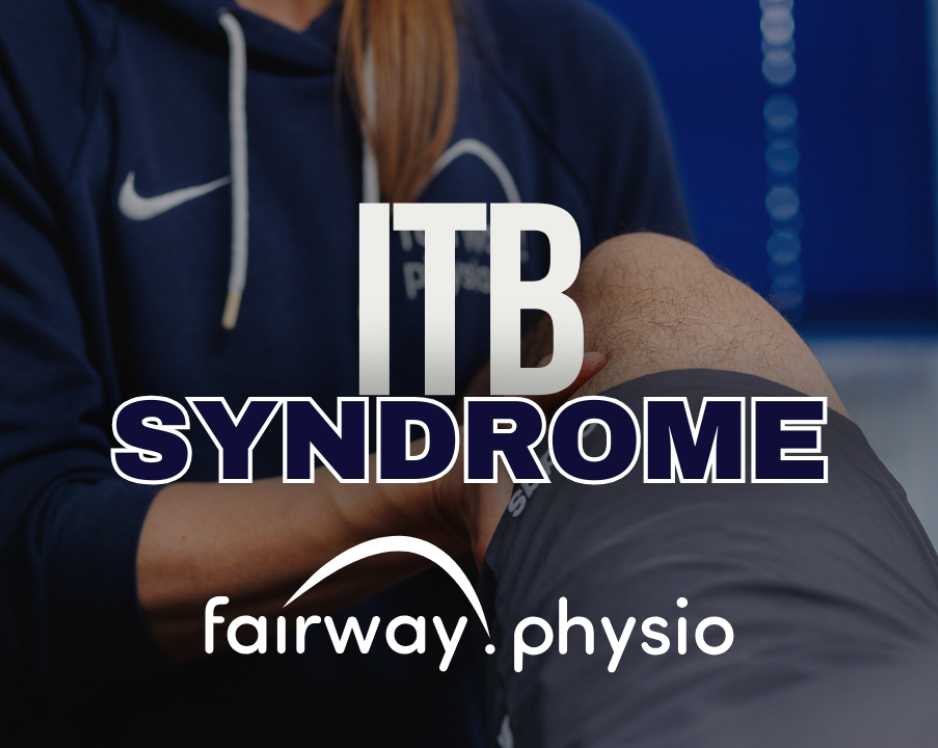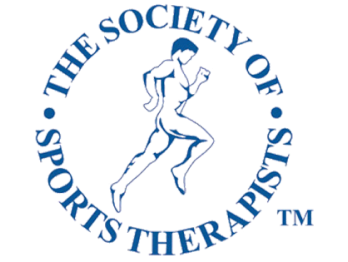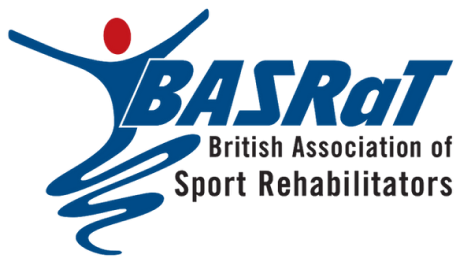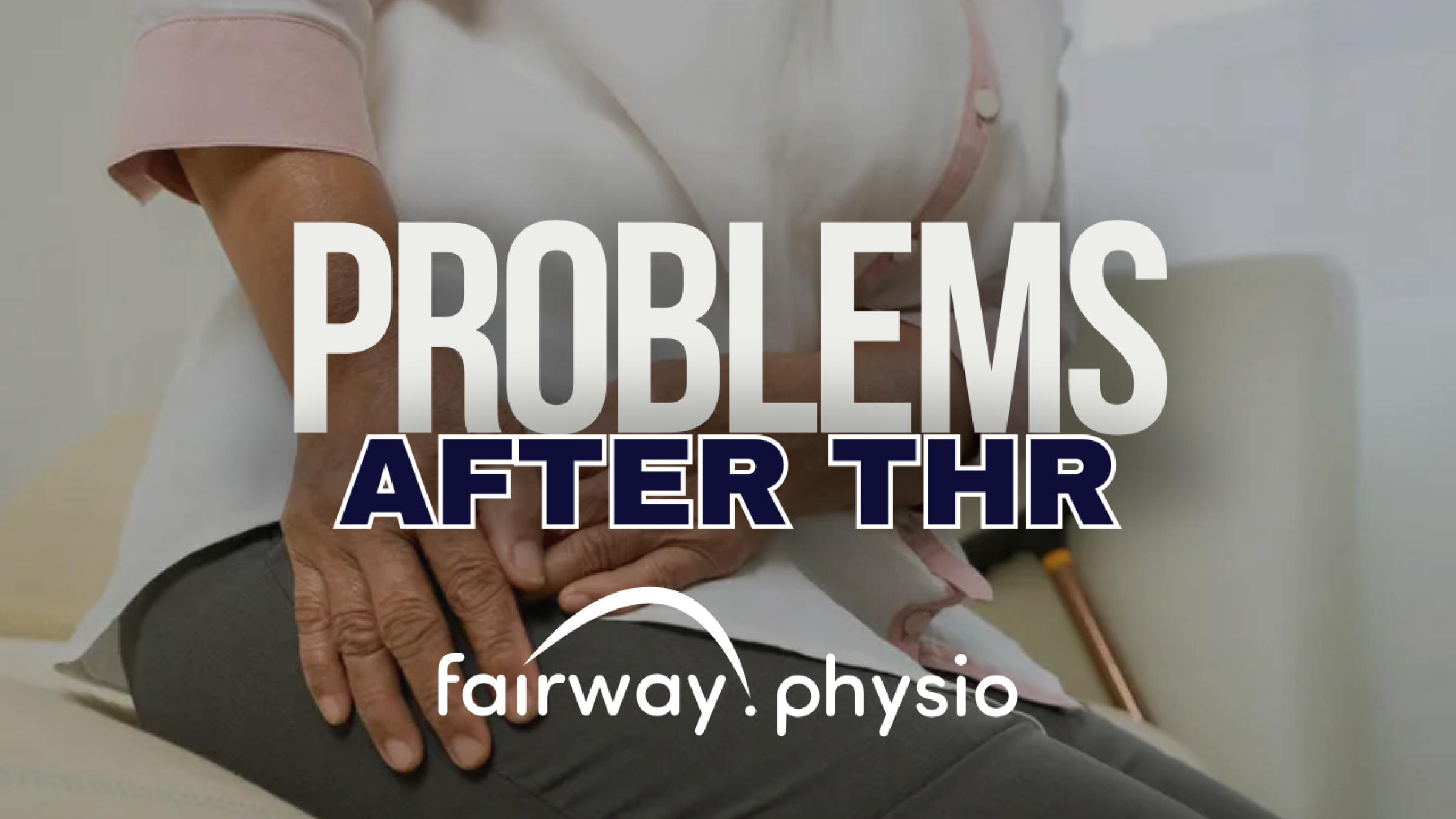
Common Problems and Complaints After Hip Replacement Surgery: What to Expect and How to Manage Them
Undergoing a total hip replacement is a significant step toward regaining mobility and quality of life for individuals suffering from hip arthritis, fractures, or other degenerative conditions. However, the recovery journey doesn't end in the operating room. While the majority of patients experience substantial improvements, it’s not uncommon to face a few bumps along the road during the rehabilitation phase.
In this blog, we explore some of the most common issues experienced after hip replacement surgery that our patients tell us about and offer practical advice for managing them effectively.
1. Swelling and Bruising
What’s normal: Swelling and bruising around the hip, thigh, knee, and even lower leg is expected after surgery and can persist for several weeks. Swelling and bruising caused by the trauma of the surgery will typically be pulled further down the leg by gravity, meaning the thigh, knee and calf may look enlarged. You may even notice a compression line around your calf where your sock presses into the swelling.
Tips to manage:
Elevate your leg when resting, taking in to account that you can not flex the hip past 90 degrees in the first 6-8 weeks for risk of dislocation.
Use ice packs to help manage pain around the hip. Ensure you wrap the cold pack in a damp towel to avoid cold burns on the skin.
Follow the surgeon’s instructions regarding compression stockings and medication.
2. Pain and Discomfort
What’s normal: Some degree of pain is expected after surgery, especially when starting to move more or during physiotherapy sessions. Importantly, the pain should feel different to your pre-operative pain that you experienced. Note that post-surgical pain will improve over time but may last days to weeks after the surgery.
Tips to manage:
Keep up with prescribed pain relief medications.
Stick to a guided exercise plan from your physiotherapist to promote healing.
Avoid overexertion—balance activity with adequate rest. You should aim to increase activity levels day by day but don’t panic if you have a bad day with pain or fatigue and need a rest. Simply pick activity back up again when you feel that you can.
3. Stiffness and Limited Range of Motion
What’s normal: It can take time to regain full hip movement and flexibility post-op. If you have struggled with an arthritic hip for a prolonged time before surgery, you will no doubt have lost hip range of motion during this time. The soft tissues (muscle and connective tissues) that surround the joint may have tightened over time due to the reduced movement caused by pain and joint restriction. Just because the joint has been replaced, the soft tissues need to adapt to allow for greater range of motion.
Tips to manage:
Begin gentle range-of-motion exercises as soon as advised to help stretch the soft tissues surrounding the joint and improve function.
Continue with progressive mobility and strength training under physiotherapy guidance, especially over the first 3 months.
Ensure you maintain movement in other areas of the body, particularly the lower back and knee joint.
4. Difficulty Sleeping
What’s normal: The main complaint most of our clients have after their THR is having to sleep on their back in the first few weeks while the hip precautions are in place. Sleeping on your back avoids crossing the legs that may otherwise occur in a side sleeping position and therefore reduces the risk of dislocation. Many patients find it uncomfortable to sleep on their back in the early weeks.
Tips to manage:
Use pillows to support your legs and maintain recommended sleeping positions.
Try relaxation techniques before bed to ease discomfort and improve sleep quality.
Exercise during the daytime to ensure adequate energy expenditure during the day that will make you want to sleep at night.
Use pain medication as prescribed before bed.
Use heat or cold packs to reduce pain in the hours before you go to bed.
Consult with your physiotherapist if pain is interrupting your rest.
· If sleeping at night in bed is problematic and you do not get adequate sleep, taking naps in a comfortable recliner chair during the day may also help to restore energy levels. However, try not to sleep overnight in a chair if possible. It’s good to return to normal activities and postures (including sleeping in a bed) as soon as possible.
5. Balance and Walking Issues
What’s normal: You may initially feel unsteady or require a walking aid.
Tips to manage:
Use walking aids (stick, walker) as recommended by your physiotherapist until your balance and stability improves.
Practice balance and walking gait training exercises as prescribed by your physiotherapist.
Avoid rushing your return to unaided walking—it’s important to build a strong foundation first.
6. Muscle Weakness and Fatigue
What’s normal: Muscle atrophy (wasting) from reduced use of the hip prior to surgery and post-op inactivity can lead to weakness around the joint and elsewhere in the lower legs, and not just your operated leg.
Tips to manage:
Engage in strengthening exercises targeted at the glutes, quads, and core.
Incorporate rest breaks during your day to manage fatigue.
Increase your walking distance on a daily basis as pain and fatigue allows.
Nutrition and hydration play a role—make sure you’re fuelling recovery appropriately.
7. Nerve-Related Symptoms (Tingling or Numbness)
What’s normal: Mild nerve irritation or stretching during surgery may lead to tingling, numbness, or a “pins and needles” sensation.
Tips to manage:
These symptoms often resolve over time; let your therapist know if they persist.
Gentle nerve gliding exercises may help if prescribed – ask your physiotherapist about these.
Report any worsening or new nerve symptoms to your healthcare provider at your earliest convenience.
When to Seek Help
While the above complaints are common, certain symptoms require urgent attention:
Increasing redness, heat, or discharge around the wound
High fever or chills
Sudden increase in pain, especially with weight bearing
A sudden shortening of the leg since the surgery that may indicate dislocation of the new joint.
Calf pain or swelling (that may indicate a blood clot)
Always communicate any concerns to your surgeon or physiotherapist so they can guide you appropriately.
Support
If you’ve recently had a hip replacement or are preparing for surgery and would like some help and support throughout your THR journey, please feel free to get in touch to find out how we can support you.

